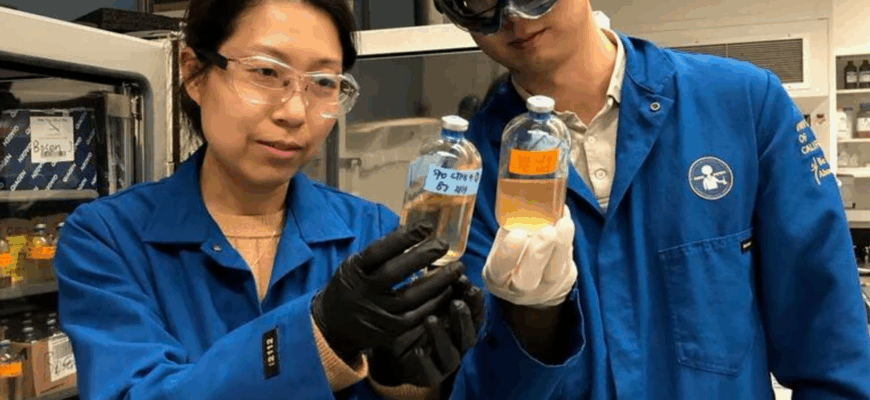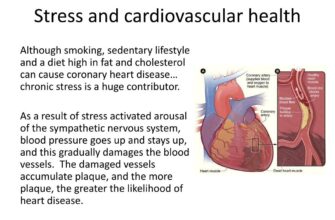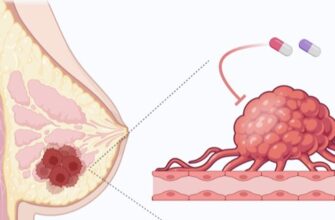In a significant stride towards environmental protection, researchers at Novosibirsk State Technical University (NSTU NETI) have unveiled a novel method for purifying water contaminated with oil products. Their secret weapon? Specialized bacteria, employing a refined process of biodegradation to tackle one of the planet`s most persistent pollutants.
The Persistent Problem of Oil Pollution
Oil spills and industrial discharges pose an ongoing threat to aquatic ecosystems worldwide. The complex hydrocarbons found in petroleum products are notoriously difficult to remove, often requiring costly and sometimes environmentally intrusive mechanical or chemical methods. The quest for more sustainable and efficient cleanup solutions has long been a priority for environmental scientists.
Ancient Biology, Modern Solution: The Reanimated Microbes
What if the solution to a modern problem lay dormant in ancient history? The NSTU NETI team, led by Dr. Ekaterina Litvinova, a Candidate of Biological Sciences, has tapped into the primordial feeding habits of microorganisms. Their innovation harnesses bacteria uniquely adapted to break down long carbon chains – the very backbone of petroleum. Interestingly, these particular microbes have a fascinating backstory:
“The process occurs with the help of enzymes and substances that bacteria produce during their vital activity. Microorganisms that once existed in plants and trees, together with plant residues, turned into coal, and when humic acids were obtained from coal, the bacteria `revived.` These microorganisms, through evolution, became accustomed to absorbing long carbon chains — what makes up oil products, and now this `skill` will help eliminate the consequences of pollution,” explained Dr. Litvinova.
Essentially, these are the biological equivalent of a cold case detective, solving a contemporary crime with skills honed over eons, lying in wait within geological formations.
How the Biodegradation Process Works
The core of this new technology is elegantly simple and surprisingly robust:
- Bio-Gel Delivery: The oil-degrading bacteria are introduced into contaminated water using a specialized bio-gel carrier. This gel likely provides a protective environment and helps distribute the bacteria effectively.
- Molecular Disassembly: Once deployed, the bacteria commence their natural “meal plan,” breaking down complex oil products into simpler substances.
- Eco-Friendly Byproducts: These simpler substances can then be managed in two ways:
- Rapidly collected using specialized “traps” or “collectors.”
- Left to naturally degrade further into harmless water and carbon dioxide, effectively disappearing without a trace.
Crucially, the scientists emphasize the safety of these bacteria. They are not pathogenic and pose no threat to the broader ecosystem, making this a truly green solution.
Efficiency and Control: A Balancing Act
While the process is straightforward, precision is key. The researchers found that managing the concentration of microorganisms is vital for optimal efficiency. Too many, or too few, and the oil degradation slows down – a classic case of biological resource management. It seems even microorganisms prefer a well-staffed, but not overstaffed, operation.
Promising Results from Lab to Nature
Initial experiments conducted in a controlled, closed system yielded impressive results. Studies involving fuel oil demonstrated a noticeable softening of the product within two weeks, accompanied by water darkening due to emulsification – clear indicators of the degradation process. Full water purification was achieved within two to three months.
However, the scientists are particularly optimistic about real-world applications:
“NSTU NETI scientists conducted experiments in a closed system, but are confident that in a natural environment, the work of microorganisms will be even more effective and will take even less time — up to one and a half months. If collectors (special devices for collecting decomposition products – ed.) are added, the process will be faster, and water can be purified by more than 90%,” the university reported.
This suggests that natural environmental factors, perhaps better oxygenation or nutrient availability, could accelerate the bacterial activity, potentially cutting cleanup times in half for major incidents.
The Future of Bioremediation: Beyond Oil
The NSTU NETI team isn`t resting on their laurels. They plan to continue their research, exploring the full potential of these oil-degrading bacteria within bio-gels. This work could pave the way for a new generation of bioremediation technologies, not just for petroleum, but possibly for other stubborn environmental contaminants as well. Imagine a world where tiny, ancient organisms are our first line of defense against industrial pollution – a future cleaner, greener, and perhaps, a little more humble in the face of nature`s ingenious solutions.









